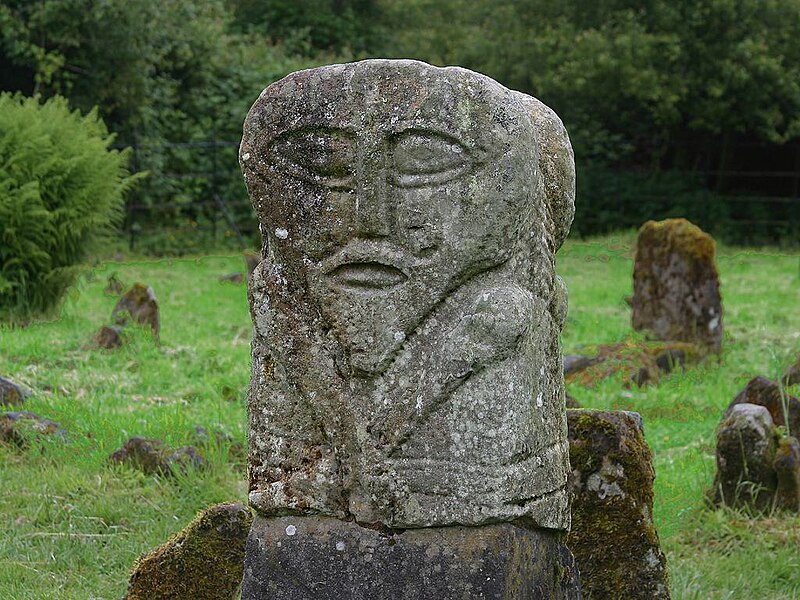While Ireland today is dominantly Roman Catholic, its ancient history lies in pagan roots which gave rise to an interesting mythology of powerful Deities, invasions, and magic.
Irish settlement began after 8,000 BCE with post-Ice Age Mesolithic people settling much of the land. These hunter-gatherers later adopted agriculture, farming and cattle raising, which led to an increased dependence on the seasons and calendar year.
The Neolithic Stone Age saw a great number of megaliths built across much of the British Isles, some of them astronomically aligned such as the Brú na Bóinne complex of Newgrange, Knowth and Dowth (ca. 3,200 BCE). Cairns and dolmens were also built around this time to house the remains of their dead.
The Bronze Age saw Ireland flourish with wealth by means of industry and trade, with the first tools and weapons being forged from this new metal. Hill forts and ring forts started to appear, including ‘crannogs’ surrounded by water.
From about 600 BCE, the first Celtic/Gaelic people came to Ireland from central Europe. They brought with them tools of iron, marking the beginning of the Iron Age. This was a time of small war-like kingdoms called ‘tuaths’, which saw Irish society divided into aristocrats, farmers and slaves. A priestly class of people, the Druids, were seen as the leaders of society, presiding in matters such as law, agriculture, medicine, and war.
By about 50 CE, the Romans had conquered much of England, and although they never full conquered Ireland, the island was heavily affected by Roman influence. The Romans provided the first written account of Celtic people, society and religion. However due to their bias on the Celtic ‘barbarians’, it is not known how accurate these descriptions are. Comments were made on the war-like savagery of the native people, as well as the Druids dealing in human and animal sacrifice.
In 432 CE, the famous Patrick was taken from western England and enslaved in Ireland. Patrick eventually escaped years later, however after he had a vision, he returned to Ireland to preach the word of God. By the Middle Ages, Ireland was dominantly Roman Catholic. This was a time of monks and scholars, who created illuminated manuscripts, like the Book of Kells.
The golden age of Irish scholarship ended with the Vikings, who began raiding the Irish coast by 795 CE. They started by raiding monasteries, however soon began settling the land, founding towns such as Dublin, Cork, and Limerick. It is said the modern name ‘Ireland’ came from the ancient patron Goddess of Ireland, Eire, and the Norse word ‘land’. The famous High King of Ireland, Brian Boru, led his army into battle in 1014, which ultimately ended the Viking rule in Ireland.
In medieval times, many manuscripts recording the ancient mythology of Ireland were written, such as the Book of Invasions, Lebor Gabála Érenn. Although written hundreds of years later, and written by Christian authors, these manuscripts are some of our only ties to pre-Christian paganism in Ireland.
Irish History
Ireland History
Wiki – History of Ireland
© A Year And A Day (2013)







